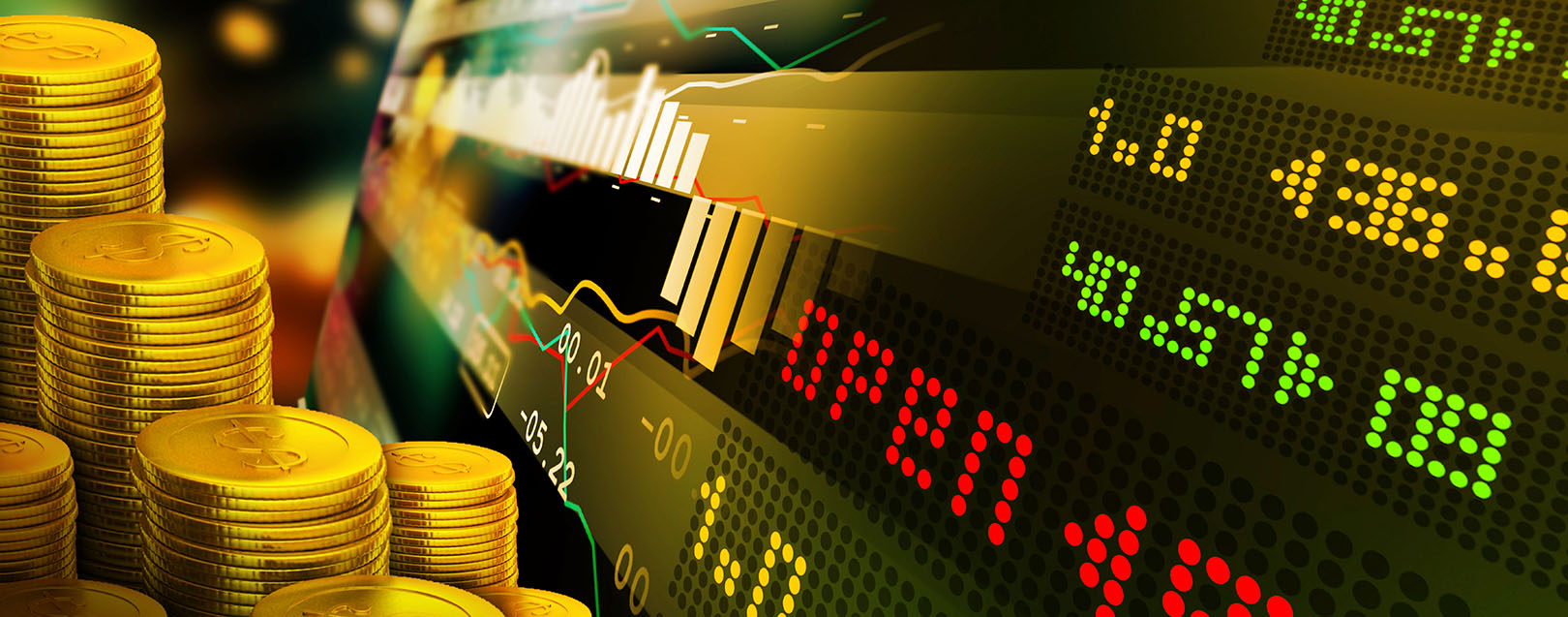
High customs duty, taxes paving way for gold smuggling, Hareesh, Geofin Comtrade Ltd
Sreenivasa Rao Dasari
The first 8 months in 2016 witnessed an upward journey for the yellow metal as prices surged 29% from $1,060.20 an ounce on January 1, 2016, to $1,366.33 on July 8. Last four months of 2016 recorded a decline in gold price. Indicating a 10-month low against the US dollar, the precious metal is trading at $1,160.18 as on December 30, 2016. Gold price this year so far indicated a 9.33% rise from $1,061.10 on December 31, 2015, and almost 40% lower from the record high of $1,920.30 on September 6, 2011. Gold imports fell 30.5% to $15.74 billion during April-November.
Multiple factors including increased investments in gold ETFs and other financial instruments are influencing gold prices. The positive outlook on US economy enabled US Federal Reserve to hike interest rates by 25 basis points and this had strengthened the US dollar. Concerns over Eurozone’s economic growth, a sluggish demand for gold in India and China, and demonetisation has laid more pressure on the yellow metal, Hareesh V (HV), Research Head at Geofin Comtrade Ltd, a Kochi-based broking firm engaged in commodity trading since 2007, tells The Dollar Business (TDB).
TDB India’s gold demand is at a seven-year low and World Gold Council predicts rebound in 2017. What’s your thought for 2017?
HV- Gold price recovered by $20 since December 22 due to a drop in the U.S dollar. However, it was a technical correction. I don’t think gold price will go up soon as fundamentals are not supportive at present. Global economic sentiments, volatility in global currencies especially the movements of U.S dollar and physical demand from the top consuming countries-- China and India -- would affect the prices. Anyhow on a medium to long-term basis, there are chances of a turnaround in prices.
TDB Recently, the rupee fell to its record low of Rs.68.862 against the dollar and now it’s hovering at 68.24. How does a weaker rupee influence the bullion market?
HV The surging US dollar could weaken the Indian currency, which is likely to limit sharp declines in local prices. A weak rupee increases the landed cost of gold in the country. The Indian rupee weakened recently after the dollar strengthened followed by US Presidential election and US central bank’s decision to hike interest rates. The Indian rupee was also affected by the government’s actions on economic reforms including demonetization of high-value currency notes.
TDB Gold demand crashed 28% in 2016, worse than the global average of 10%. What factors influenced this?
HV Three major factors hammered down the demand for gold. A weak rupee and high duties pushed gold prices upwards, and this prompted investors to postpone their buying plans. The Indian government’s schemes such as gold monetization and promoting paper gold in the form of sovereign gold bonds also attracted significant contributions from investors. Cash crunch across the nation following the demonetization of high-value currencies and restriction on withdrawals since November 8, restrained activities in the bullion and jewellery market. News on restrictions on gold holdings also further weighed down on market sentiment.
TDB How do you see the focus shifting towards ETFs?
HV With a view to curbing gold imports into the country, the Centre has been encouraging investors to park their funds in gold-based financial instruments. Anti-black money imperatives such as compulsory furnishing PAN (I-T Permanent Account Number) on jewellery purchases more than of Rs. 2 lakh and levying of excise duty on jewellery have discouraged traditional and loyal gold buyers from making fresh purchases. Globally, investments in financial instruments account for half the gold demand during the first half of 2016. This trend is likely to continue in 2017 as well.
TDB What is your take on high customs duty and gold smuggling taking the sheen off the bullion market?
HV High customs duty and other taxes increased the gold price by 10-13%, which fuelled smuggling of gold into India. Consumers tend to buy unaccounted gold as they can buy more gold to the extent of tax evaded. This impacted domestic bullion market in a negative way.
TDB Spot gold has been on a downward line since Nov 4. What is the road ahead for the yellow metal?
HV Spot gold is hovering at $1,160.46 an ounce as on December 30. As long as prices stay below $1,180, the broad outlook seems weaker. An immediate support is $1,120. If prices hold the support level, we can expect a mild recovery. But, rally beyond $1,196 is least anticipated. However, a drop below $1,120 would trigger a fresh sell-off which may take prices to $1,080 or even more.
Anyhow, a close above $1,202 would be a signal of a reversal of current bearish momentum. It is broadly estimated that in 2017, gold is likely to trade between $1400-980 an ounce level in the international market. In the local market, gold is largely anticipated to trade in the range of Rs 22,000-30,000 per ten grams.
Taking cues from global economic woes, gold prices were on a winning streak since 2000. But, such gains were rather limited after reports of the global economy started gaining traction. After reversing 13 years of consecutive gain, gold started losing its sheen and fell about 40% so far from its all-time high hit five years back.
TDB If the US Federal Reserve hikes interest rates again, how will it impact gold price?
HV The US central bank has already hinted at three more rounds of a rate hike in 2017 as the US economy is getting traction. The US central bank’s decision to hike interest rate by 25 basis points has adversely affected the bullion market as higher rates strengthen the US dollar. This would reduce gold's appeal as it increases the opportunity cost of holding non-yielding assets like bullion.
Generally, a strong dollar will make the dollar- denominated commodities less attractive. The recent move of China’s Shanghai Gold Exchange, the world’s biggest physical bullion exchange, to limit institutional investor’s influence on prices by setting limitations on trading is likely to weigh prices as well.






 to success.
to success.